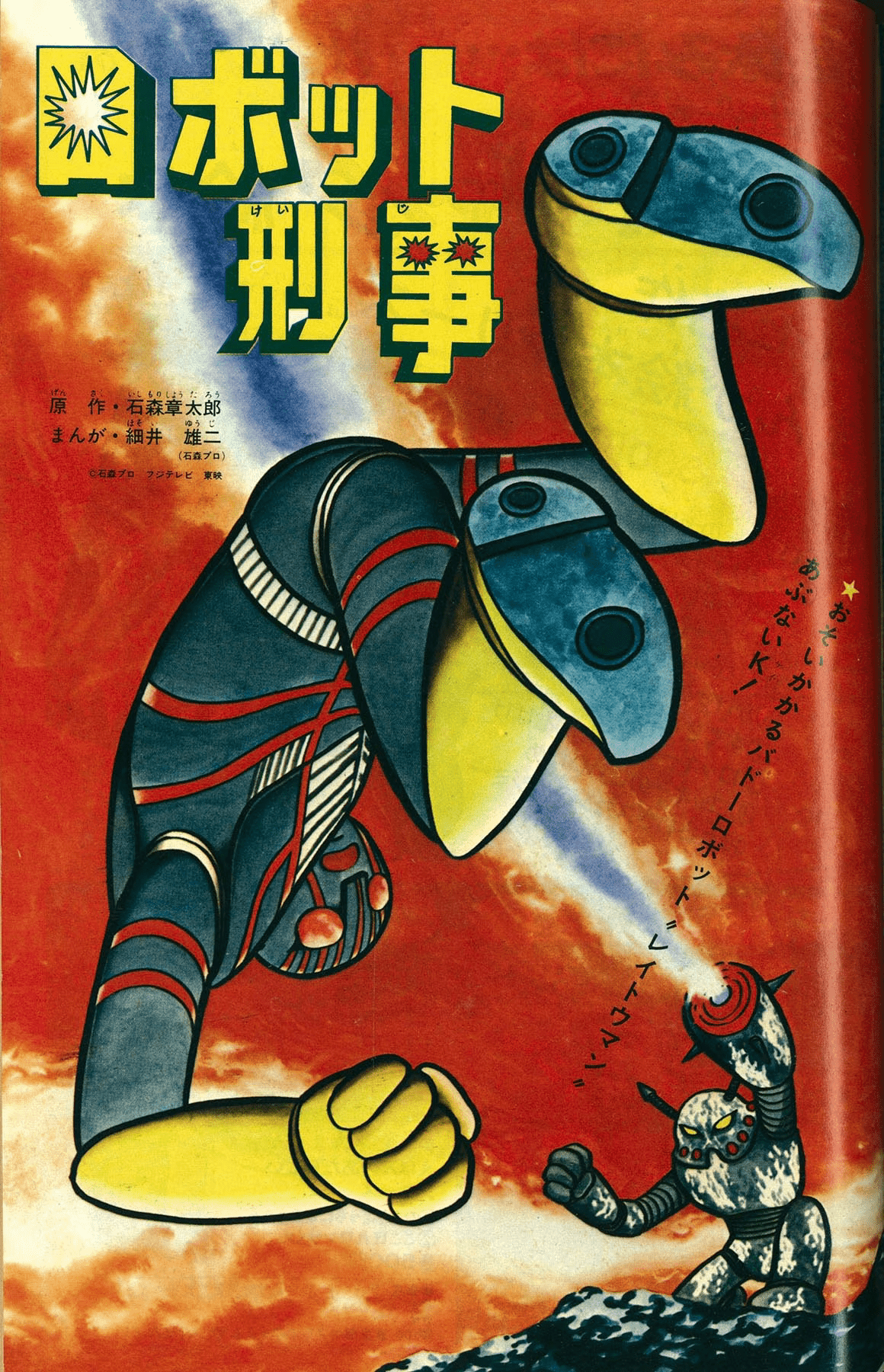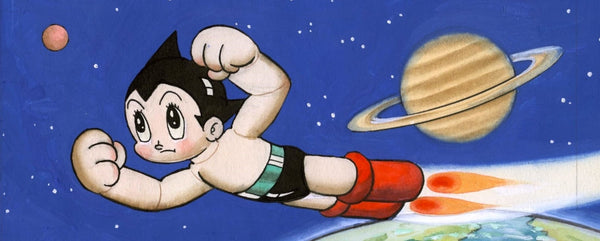Yuji Hosoi
Biography | Yūji Hosoi
Biography | Yūji Hosoi
Couldn't load pickup availability
Yūji Hosoi (born September 27, 1950) is a veteran Japanese mangaka known for his wide-ranging adaptations of Tokusatsu, anime, and video game properties into accessible, engaging manga.
Tokusatsu refers to live-action productions that rely heavily on special effects, such as miniature sets, rubber monster suits, and other pre-CGI techniques. Famous examples include Godzilla, Ultraman, Kamen Rider, and the Super Sentai series.
Over the course of four decades, Hosoi built a lasting reputation for faithfully translating popular media into manga. His work reflects a unique cross-section of Japanese pop culture, spanning from 1970s TV heroes to the arcade icons of the 1990s.
During his student days, Hosoi joined the doujin group Mutant Pro, with Makoto Kanno as mentor, coach, and friend. It was here he first published works, including a notable doujinshi titled Bokuju Sandoku. (Kanno would later become one of the original designers in Nintendo’s creative department in 1972.)
Hosoi made his professional debut as a mangaka in Tezuka’s COM magazine, published by Mushi Production in 1968. One year later, after graduating from high school, he became an assistant to Jōji Enami, who had already ventured into the mangaïsation of television series such as Ultra Q, Captain Ultra, Captain Scarlet, and Mighty Jack. Under Enami’s guidance, Hosoi refined his technical skill and storytelling rhythm.
In 1971, he joined Ishimori Productions, the studio run by Shotaro Ishinomori, where he worked as part of the animation staff. There, he absorbed anime production techniques and tokusatsu adaptation strategies that would shape his future output.
With the launch of Kodansha’s magazine Otomodachi in 1972, Hosoi was selected to create the manga adaptation of Kamen Rider, then a major television phenomenon. His version captured the action, emotion, and intensity of the series while adding his own visual storytelling flair. This marked the beginning of his long and evolving relationship with tokusatsu material.
Hosoi had a talent for turning big complicated stories into manga that were easy to follow and enjoy. From the 1970s through the 2000s, he became a fixture in the manga world, particularly in the field of mangaïsation, helping generations of readers engage with characters and universes from the screen to the page.
In recent years, original art and manuscripts by Hosoi have surfaced in auctions in France and the United States, signaling a growing international awareness of his legacy. So far, only works from lesser-known series have appeared, leaving collectors eager for originals from titles like SD Gundam or Fatal Fury.
Though largely unknown to the general public outside Japan, Hosoi is deeply respected by collectors and fans of tokusatsu and shōnen manga for his role in shaping beloved series such as Kamen Rider, Super Sentai, and SD Gundam. His work extended the life of many franchises that children could only catch once on television, giving them a lasting presence in manga that could be read again and again.
As of 2025, at nearly 75 years old, Yūji Hosoi still serves part-time as head of the Manga Department at Kyoto University—a role he continues to embrace with dedication.
Key Series He Adapted:
-
Kamen Rider – Including V3, X, Amazon, Stronger
-
Super Sentai – Himitsu Sentai Gorenger, Taiyo Sentai Sun Vulcan
-
SD Gundam – Humorous, super-deformed side stories of the Gundam universe
-
Garou Densetsu / Fatal Fury – SNK’s fighting game adapted into manga blending action and narrative
-
The King of Fighters – Continuing the SNK legacy with stories centered on Kyo, Iori, and others
-
Transformers – Adaptations related to the toy and anime franchise
-
Godzilla – Manga interpretations of the iconic kaiju
Share












